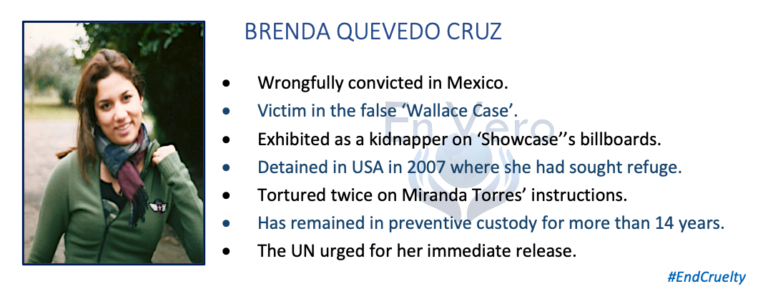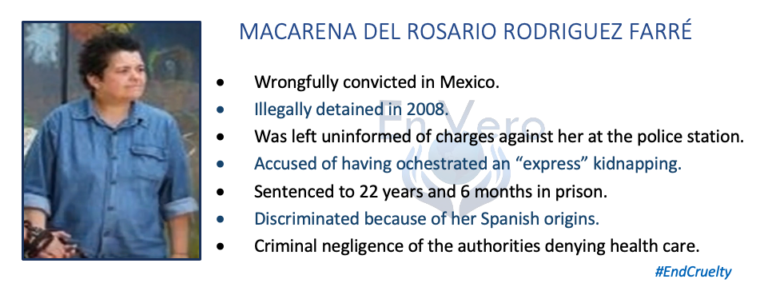Source: CART EDIT
Author: Jasmine Soso
April 19, 2016
Assistance: Clara Hessler
The case of Atif Rafay and Sebastian Burns is quickly approaching the 21-year mark since the beginning of their incarceration in July 1995. I first heard of the Rafay and Burns case only a few months ago. Despite the years that have gone by and considering the various aspects this case has revealed, it has been more than interesting to observe how my own opinion has evolved. I’ve been able to review the case’s evidence, trial and appeals, enabling me to form a unique perspective free of bias or influence from the media that were particularly overwhelming at the time of the trial.
In addition, I was able to communicate with people working specifically on Rafay’s case and gain insight on how he has adapted to the prison system. Throughout Rafay’s trial, he’s taken advantage of the educational program offered during his incarceration and it has allowed him to pursue his passion for philosophy. While he started off as a student in classrooms, he has now advanced within the program to being a teacher’s assistant and he eventually seeks to teach his own class. This educational program seems to be what has helped Rafay maintain a positive mindset throughout the years.
Regarding Rafay’s case, it is currently undergoing a motion for Discretionary Review at the State Supreme Court. As the motion is expected to be denied, Habeas Corpus proceedings will also be filed at the 9th Circuit Western Washington District Court. As for Burns, who is purging his sentence at a separate facility, a Habeas Corpus motion has been rejected by the 9th Circuit Court and will now be introduced at the 9th Circuit of Appeals.
As the Rafay and Burns cases are currently being scrutinized by courts, I cannot help but doubt the reasoning and evidence that led to the initial arrests of July 1995. Also, it seems questionable that review motions keep getting denied as new information and evidence regarding the case continue to surface.




